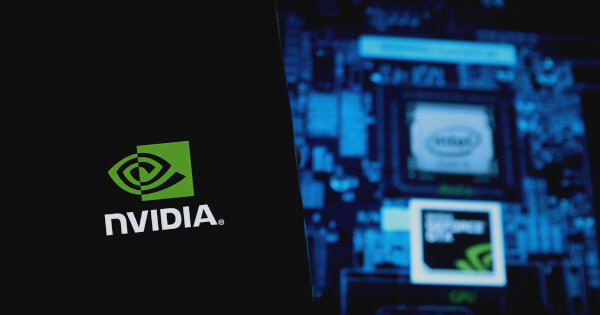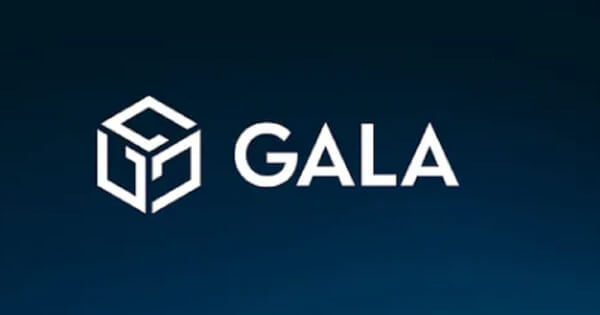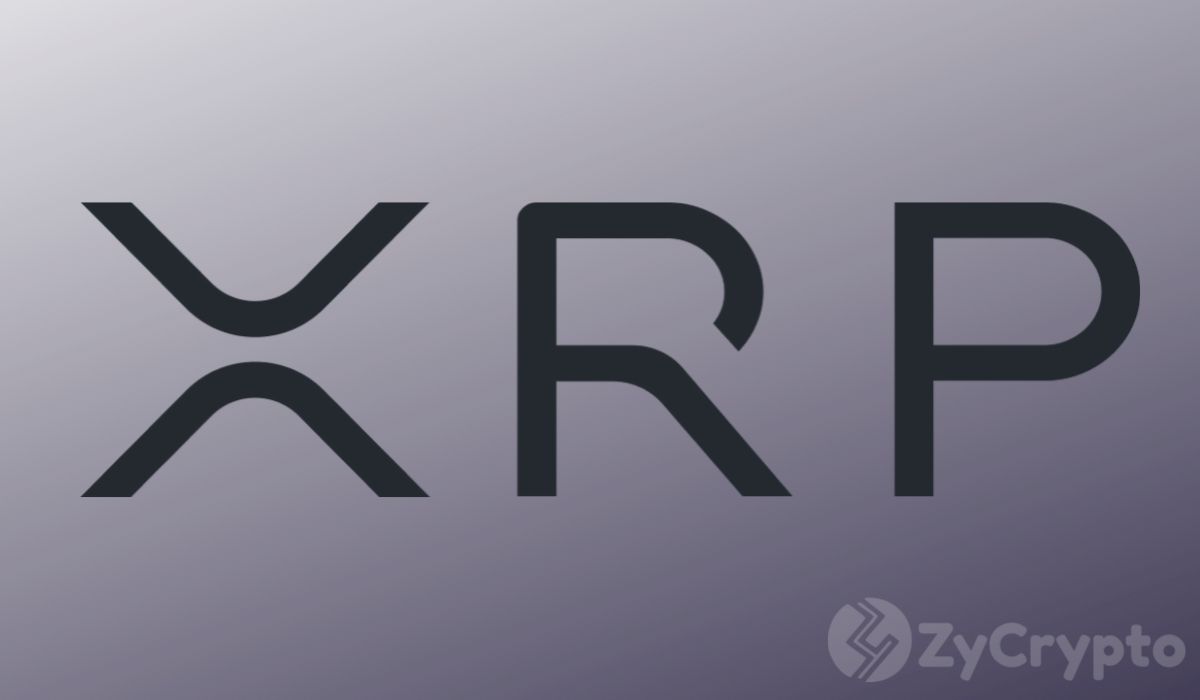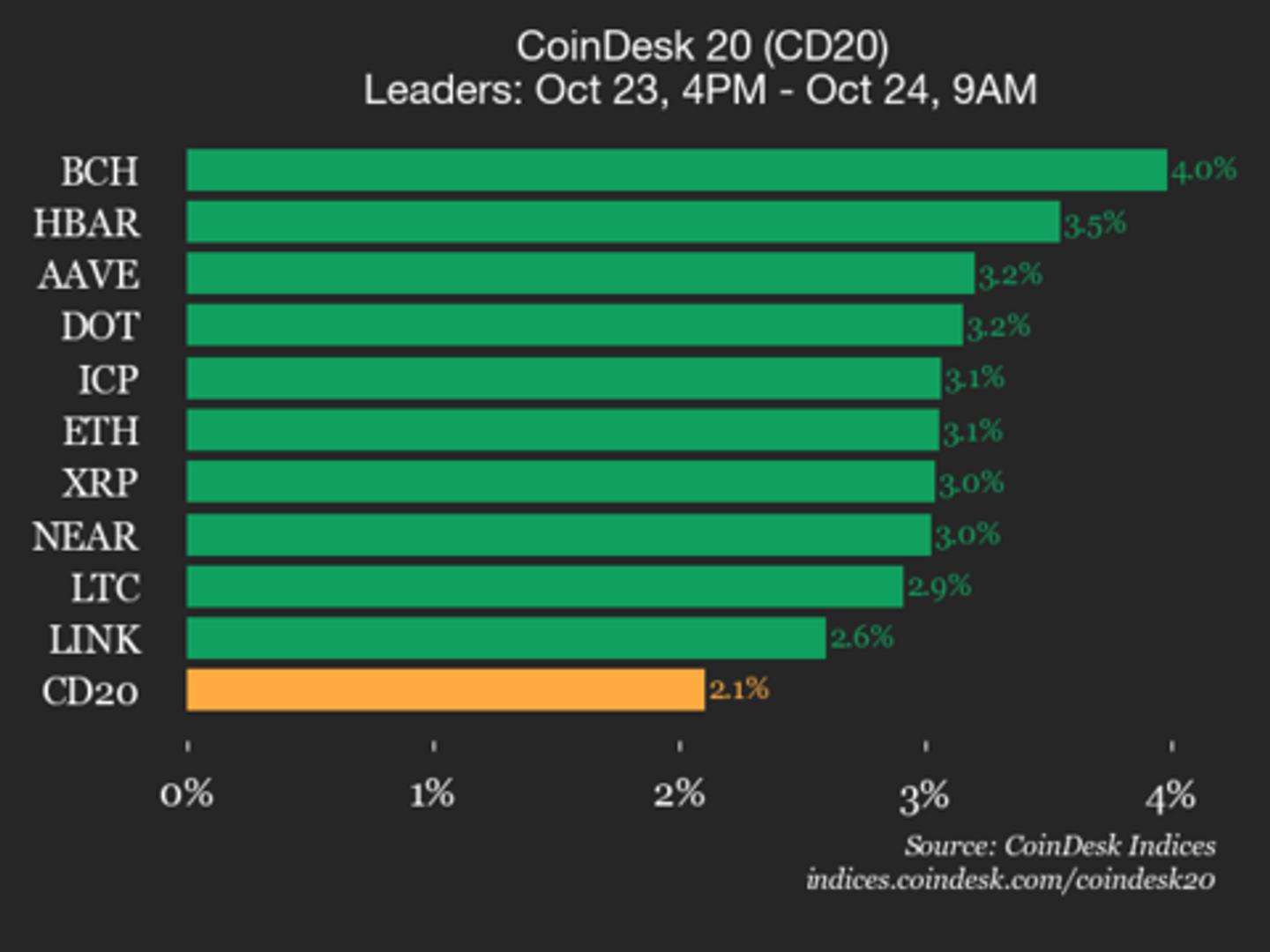The altcoin market is stirring with renewed enthusiasm as we enter a new bull cycle. After a prolonged consolidation phase, fresh capital is once again hunting for the next big winner beyond Bitcoin and Ethereum. But with thousands of tokens vying for attention, how can investors separate genuine opportunities from fleeting hype? Below, we explore six categories of on-chain and off-chain metrics that, when combined, form a robust framework for evaluating altcoin projects. Throughout, we blend straightforward insights with deeper technical analysis—so both newcomers and seasoned analysts can benefit.
1. Narrative Fit & Social Momentum
In every crypto bull market, certain stories capture the collective imagination. In 2021 it was “DeFi summer” and “NFT ($0.00) mania.” Today, fresh narratives—such as AI-driven oracles, zero-knowledge gaming, and onchain identity—are shaping performance leaders.
- On-chain tracking: The simplest gauge of social momentum is weekly active addresses interacting with a protocol’s contracts. Between May and July 2025, top-20 altcoins by market cap saw average weekly active address growth of 18%, whereas laggards averaged just 4%.
- Off-chain engagement: X (formerly Twitter) mentions, Discord server growth, and Telegram group size can be quantified using third-party APIs. During June 2025’s AI wave, tokens tagged with “#AIonChain” accumulated over 1.2 million X impressions—correlating with a mean price uplift of 35% over 30 days.
Why it matters: A strong narrative drives FOMO, liquidity, and early position-taking by retail. However, narrative alone rarely sustains mid-term returns; it must be buttressed by product traction (see next section).
2. Core Growth Metrics (Product-Market Fit)
High social buzz is no substitute for real usage—and today’s data providers make usage metrics transparent:
| Total Value Locked (TVL) | Funds staked in smart contracts | +27% |
| Protocol Revenue | Fees earned by the protocol | +42% |
| Transaction Count | Daily number of protocol transactions | +35% |
| Average Fees per Tx | Monetization efficiency | +18% |
Source: onchain data snapshot, August 1–31, 2025 (proprietary analysis)
- TVL & PCV: Beyond TVL, look at protocol-controlled value (PCV)—funds the project controls directly for treasury or buy-backs. A DAO with PCV growth signals long-term capital alignment.
- Revenue & Yield: Quarterly revenue growth above 50% in conjunction with stable or rising TVL typically indicates strong fee-capture mechanics. Compare fee yield (annualized fees/TVL) to similar protocols for relative value.
- Realized Volatility vs Usage Volatility: If on-chain activity remains stable while price volatility spikes, the token may be oversold or overbought relative to fundamentals—a potential arbitrage opportunity.
3. Developer Activity & Ecosystem Health
A living, evolving codebase is the backbone of sustainable projects. Developer metrics act as a leading indicator:
- GitHub commits & pull requests: Over the past quarter, high-growth protocols averaged 120 pull requests merged per month, versus 35 for the broader altcoin cohort.
- Unique contributors: Diversity of contributors reduces single-point failure risk. Projects with more than 10 active contributors on average show 2.3× higher chance of delivering road-map milestones on schedule.
- Ecosystem forks and SDKs: The number of independent SDKs or third-party integrations hints at organic adoption. A vibrant developer ecosystem often precedes liquidity increases and token demand.
4. Tokenomics & Dilution Risk
Long-term holders must understand how supply dynamics impact price:
- Emission Schedule
- Identify the vesting cliff and unlock cadence for founders, investors, and advisors. For example, Token X in mid-2025 unlocked 8% of its fully diluted supply, triggering a 12% price correction within 10 days.
- Target tokens where circulating supply constitutes at least 40% of max supply, and where annual inflation is under 30%.
- Utility Design
- Fee-burn models (e.g., buy-back and burn): Demonstrate direct linkage between protocol usage and token demand.
- Governance staking: Projects requiring token locking for governance can reduce effective circulating supply, dampening sell-pressure.
- NVT Ratio (Network Value to Transactions)
- A lower NVT suggests undervaluation relative to on-chain activity. Historically, altcoins trading below an NVT of 50 have outperformed the median by 18% over the following month.
5. Community Alignment & Distribution
Crypto projects are fundamentally social networks instantiated onchain. Tokens that allocate power and value to their community tend to perform better:
- Airdrops & Retroactive Rewards: Projects that regularly reward ecosystem participants (e.g., liquidity miners, early users) sustain higher retention and advocacy. Between Q1 and Q2 2025, tokens with multi-tier airdrop programs recorded 27% higher holder retention at 30 days post-airdrop.
- Governance Participation Rate: Percentage of circulating supply cast in onchain votes. Rates above 20% indicate active community engagement versus the 8% average.
- Transparency & Communication: Teams that publish weekly dev updates, host AMAs, and share treasury expenditures build trust—and as a result see tighter trading ranges and less panic sell-offs.
6. Upcoming Catalysts & Risk Factors
Finally, qualitative catalysts can be the spark that ignites significant rallies—or conversely, the absence of deliverables can trigger sharp drawdowns.
- Protocol Upgrades: A scheduled mainnet launch, layer-2 integration, or major scalability improvement often leads to pre-event accumulation. Token Y’s layer-2 launch in July 2025 drove a 62% rally in the three weeks leading up to the upgrade.
- Partnership Announcements: Collaborations with blue-chip institutions or on-chain frameworks (e.g., Chainlink, The Graph) can legitimize a project and open new liquidity corridors.
- Regulatory Milestones: Approval of a token under a specific regulatory regime (e.g., a DeFi token recognized as a utility rather than a security) can dramatically shift institutional appetite.
Risk considerations should include:
- Centralization indicators: High balance concentration (e.g., >40% of tokens held by top 10 addresses) can lead to coordinated sell-pressure.
- Smart contract audits: Unresolved audit findings or reliance on unaudited code introduce security risks.
- Market sentiment cycles: Bitcoin dominance and macro risk appetite can overwhelm individual token fundamentals during extreme drawdowns.
Putting It All Together: A Composite Scoring Framework
To operationalize these insights, many analytics firms use a composite scoring model. Here is an illustrative weighting:
| Narrative & Social Metrics | 20% |
| On-Chain Usage Growth | 25% |
| Developer Activity | 15% |
| Tokenomics & Dilution | 20% |
| Community Engagement | 10% |
| Upcoming Catalysts | 10% |
By assigning each potential investment a score from 0–100 across these axes, one can rank altcoins not just by market cap or hype, but by a holistic assessment of durability and upside potential.
Conclusion
While no single metric guarantees success, melding social narratives with quantifiable onchain data, rigorous tokenomics analysis, and clear catalysts creates a disciplined approach to altcoin investing. Remember:
- Balance: Combine simple signals (e.g., social buzz) with deep onchain fundamentals (e.g., NVT, PCV, dev commits).
- Timing Matters: Even the best project can suffer if you buy into exhaustion. Look for healthy pullbacks rather than chasing parabolic moves.
- Diversify: Spread risk across multiple verticals—DeFi, Web3 gaming, AI-oracles—to avoid sector-specific drawdowns.
- Stay Informed: Markets evolve rapidly; revisit your metric weights and thresholds every quarter.
By focusing on these key indicators and grounding decisions in data, you’ll be better equipped to spot the next generation of altcoins destined to outperform in the years ahead















 24h Most Popular
24h Most Popular








 Utilities
Utilities